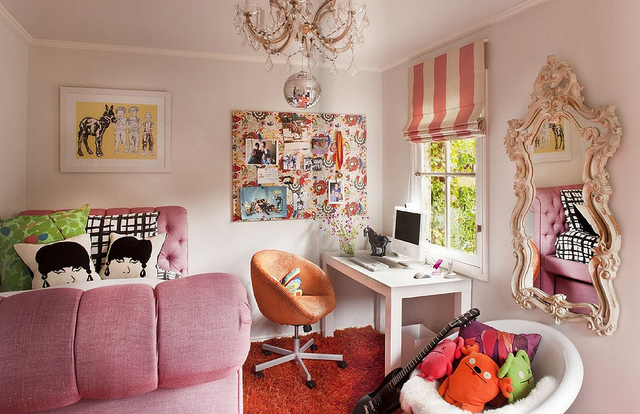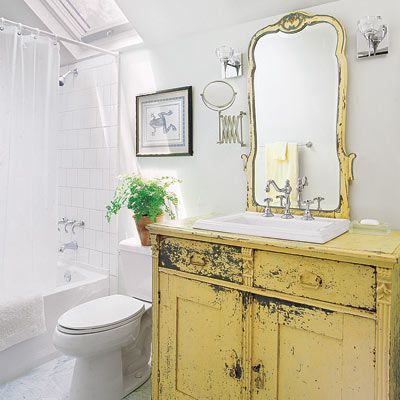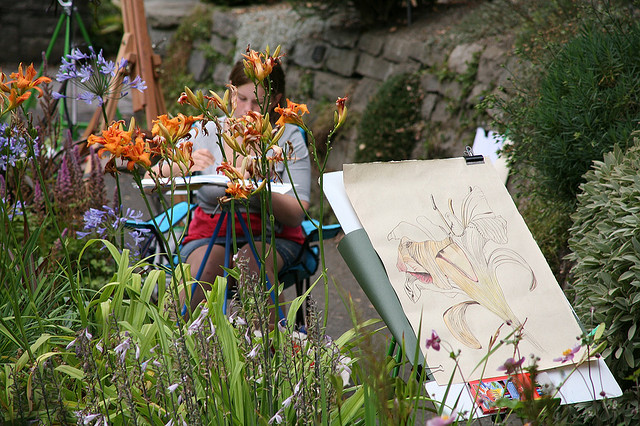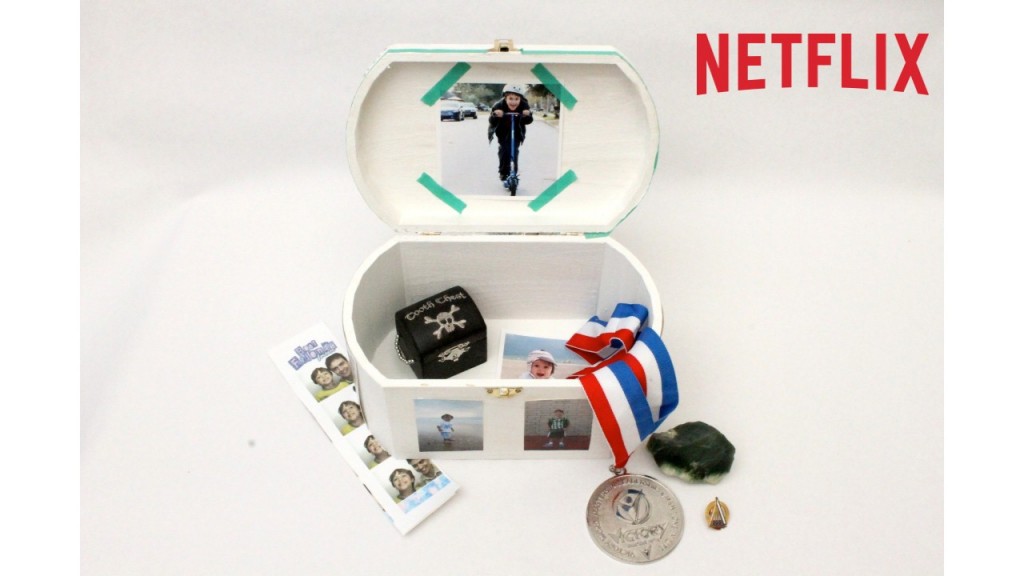
Designing and Organizing for Busy Moms
Designing and Organizing for Busy Moms
An emotional house is a term that realtors use to describe the well-cared-for home, a home that is organized and functions practically, yet is inviting and attractive. The cornerstones of an emotional house are harmony, balance, support and a stress-free environment. So how can you create an emotional house? Decorate and organize your home based on all four cornerstones.

Image courtesy of Flickr
Tips From the Experts
Designers have a common theme in their decorating and organizing tips: declutter. That’s a valuable tip for busy moms with busy homes.
- Designer Brad Ford’s secret for staying organized includes using lots of storage and bookshelves to eliminate visual clutter because it leads to mental clutter and misalignment.
- Designer Theresa Casey stays organized by having a place for everything, which makes storage systems are very important. In addition, she believes in a good floor plan that includes spaces for specific functions.
- Designer Jill Greaves recommends minimalism to a point. This includes updating and clearing out things that don’t work.
- Designer Karim Rashid’s number one design rule is “anytime you buy something for your home, get rid of something else.”
- Textile designer, decorator and mother of three boys Kathryn Ireland suggests using outdoor fabrics indoors for easy-to-clean décor. And choose darker shades for fabrics because they won’t show wear or dirt as fast as those with lighter background colors.
- Designer Robin Wilson likes using eco-friendly FLOR modular carpet tiles for the convenience. She says they can be moved easily if you rearrange the room, and they can be taken up if you move.

Image courtesy of Flickr
How to Design Your Emotional House
- Approach your home layout and design with your daily routines and activities in mind. This way you end up with a design that works instead of one that works against you. For example, if you live in a rural area with lots of dirt, mud, weeds or plants, design your home to have a mudroom or a boot rack outside the door. This acknowledges that you get dirty, but designs a solution for containing and managing the dirt.If you aren’t sure what you need, then write out your lifestyle, how you live now and what the ideal setup would be for that lifestyle, suggests design authors Dawn Ritchie and Kathryn Robyn. Don’t design your magazine cover image, but practical tools and pieces that would enable your lifestyle. So, if you’re a busy working mom with a husband, two kids and a dog, your ideal setup may include modern blinds that are short and easy to clean instead of the heavy silk damask drapes that wouldn’t stand a chance in your household.
- Don’t create a show house that conflicts with your real lifestyle. This will cause discomfort, chaos and disharmony, and you will spend more time maintaining your show than enjoying your home. Start by making a list of all the cluttered and unused spaces such as corners that accumulate stacks of magazines and newspapers. Then, use these spaces to see what your design is lacking and use them to design solutions.




